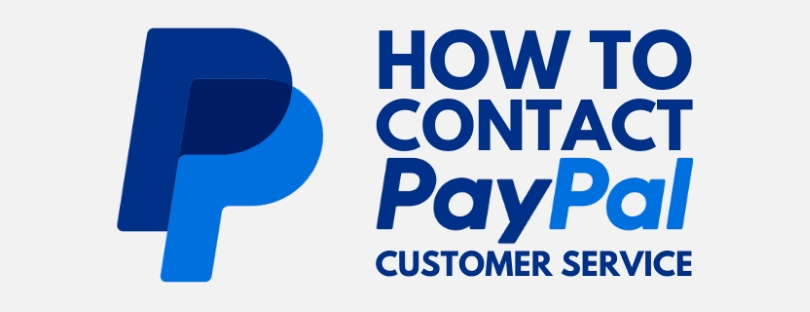
Demand for telemedicine has significantly increased
Telemedicine is a powerful tool that makes healthcare accessible, cost-effective, and significantly enhances patient engagement. The debut of telemedicine dates back to late 1950s and has constantly evolved over the years with advancements in the field of telecommunication technology.
The application of telemedicine is enormous. It enables physicians and patients to share real-time health-related information from one computer screen to another. With the help of telemedicine software, patients can connect with a doctor at the comfort of their home for diagnosis as well as treatment without needing an appointment.
The demand for telemedicine has significantly increased due to the cost savings opportunity offered by the technology. It also reduces the need for patients to visit an emergency room and the costs associated with the same. As per a study published in healthaffairs.org (2017), the average cost of a telemedicine visit is $79 while the average doctor’s visit is $149 and the average trip to the emergency room is $1,734.
As the demand and popularity of telemedicine grows, many health insurance plans are also starting to provide coverage for teleconsultations. In the U.S., many states such as Arkansas, Delaware, Georgia, and Hawaii, have laws established that require health insurance plans to reimburse remotely delivered care at the same rate as in-person doctor visits.
With the ongoing COVID-19 pandemic, telemedicine services have become a critical asset for the healthcare community. The telemedicine services can provide efficient delivery of care especially for populations and patients affected by the COVID-19 infection, especially when under active quarantine. Under these critical times, these services can significantly help healthcare systems to reduce resource usage across the stressed health-care infrastructure, ameliorates access to care, and reduces the risk of direct person-to-person transmission of the infectious agent.
The current telemedicine market is strongly fuelled by the fears related to coronavirus and staggering shifts in payment rules. To further boost demand, many health insurers have also come forward. For example, in February, Aetna, a leading health insurance provider waived its $45 patient co-payment for virtual care. In 3rd week of March, Medicare also allowed its enrolled customers to use telemedicine. This option was previously available to only people living in remote areas. The demand surge can also be understood from the fact that Cleveland Clinic, a leading health system in the U.S., logged more than 60,000 telemedicine visits in March, while prior to the month, the health system registered only 3,400 visits a month.
Within the research report, the market is segmented on the basis of component type, application, end-users, and region. Each of these segments covers the snapshot of the market over the projected years, the inclination of the market revenue, underlying patterns, and trends by using analytics on the primary and secondary data obtained.
Telemedicine Market Dynamics
Growth Drivers
- Surge in population and need to expand healthcare access
- Rising prevalence of chronic conditions and cost-benefits of telehealth & telemedicine
- Shortage of physicians
- Advancements in telecommunication technology
- Government support and rising awareness
Challenges
- Reimbursement framework
- Lack of integration
- Lack of sufficient data for care continuity
- Awareness related to services
- Lack of technical skills among patients
Opportunities
- Providing frontline care
- Remote monitoring of compliance with treatment plans and medication
- Behavioral health telemedicine consultations (via ResearchAndMarkets)








